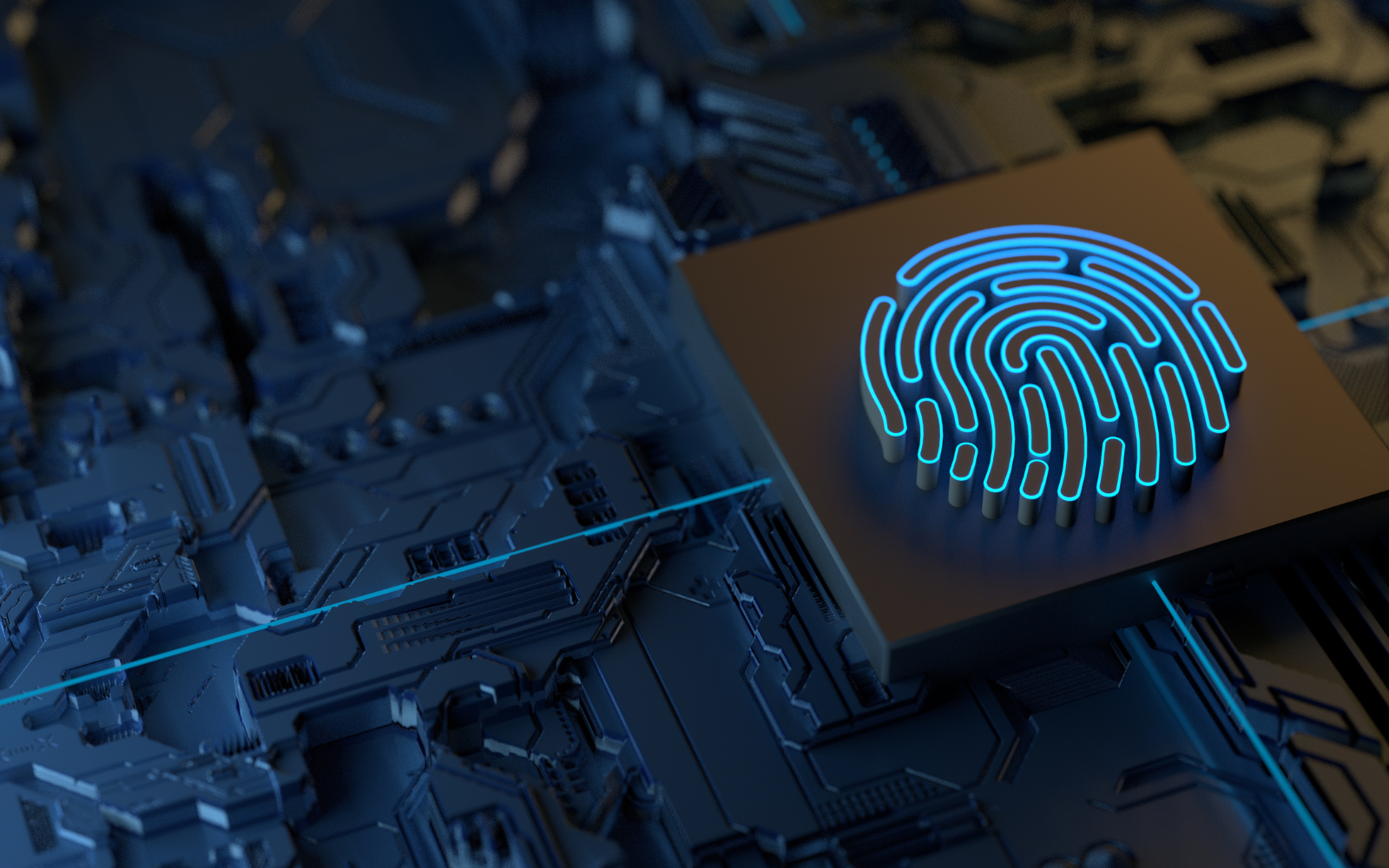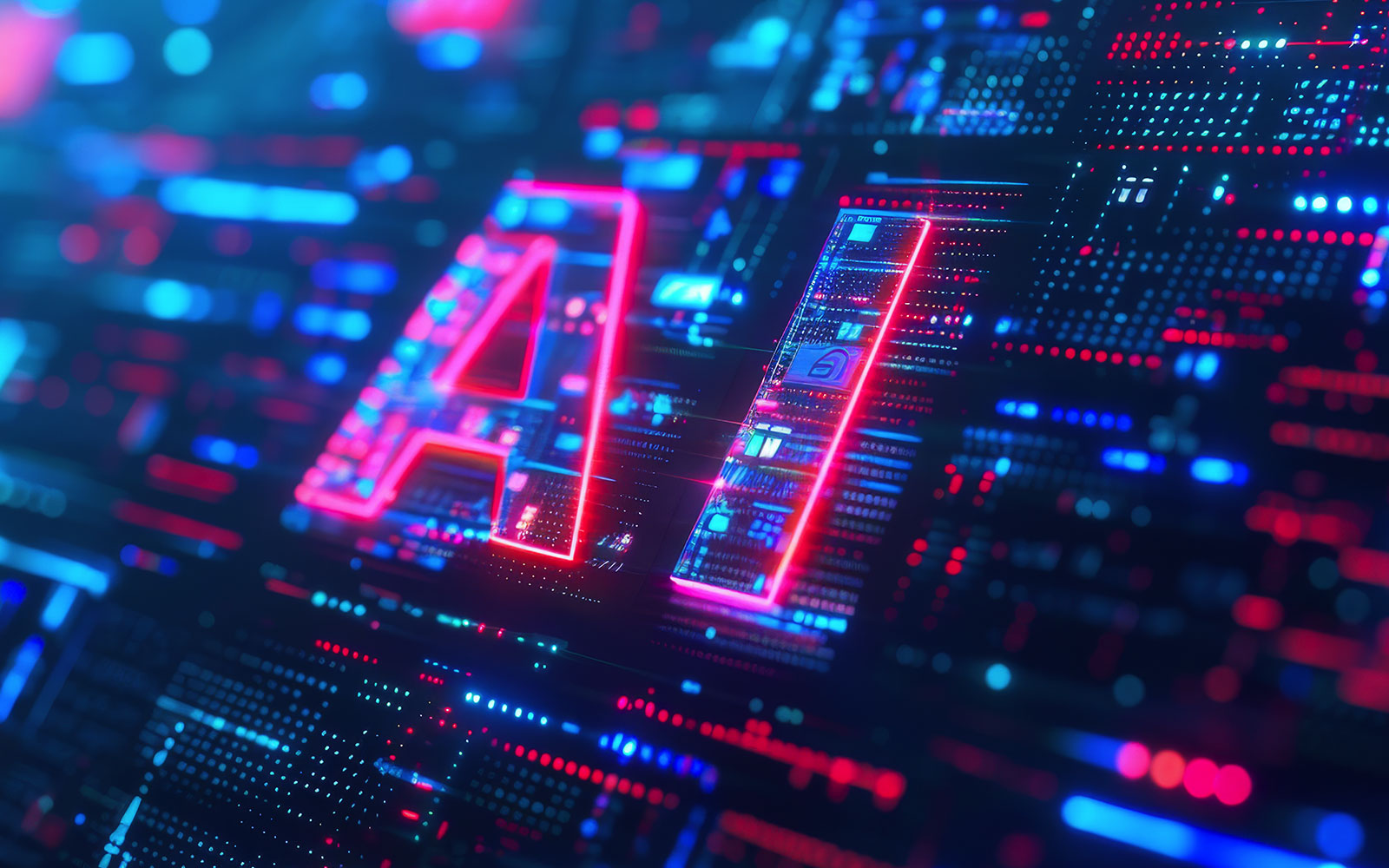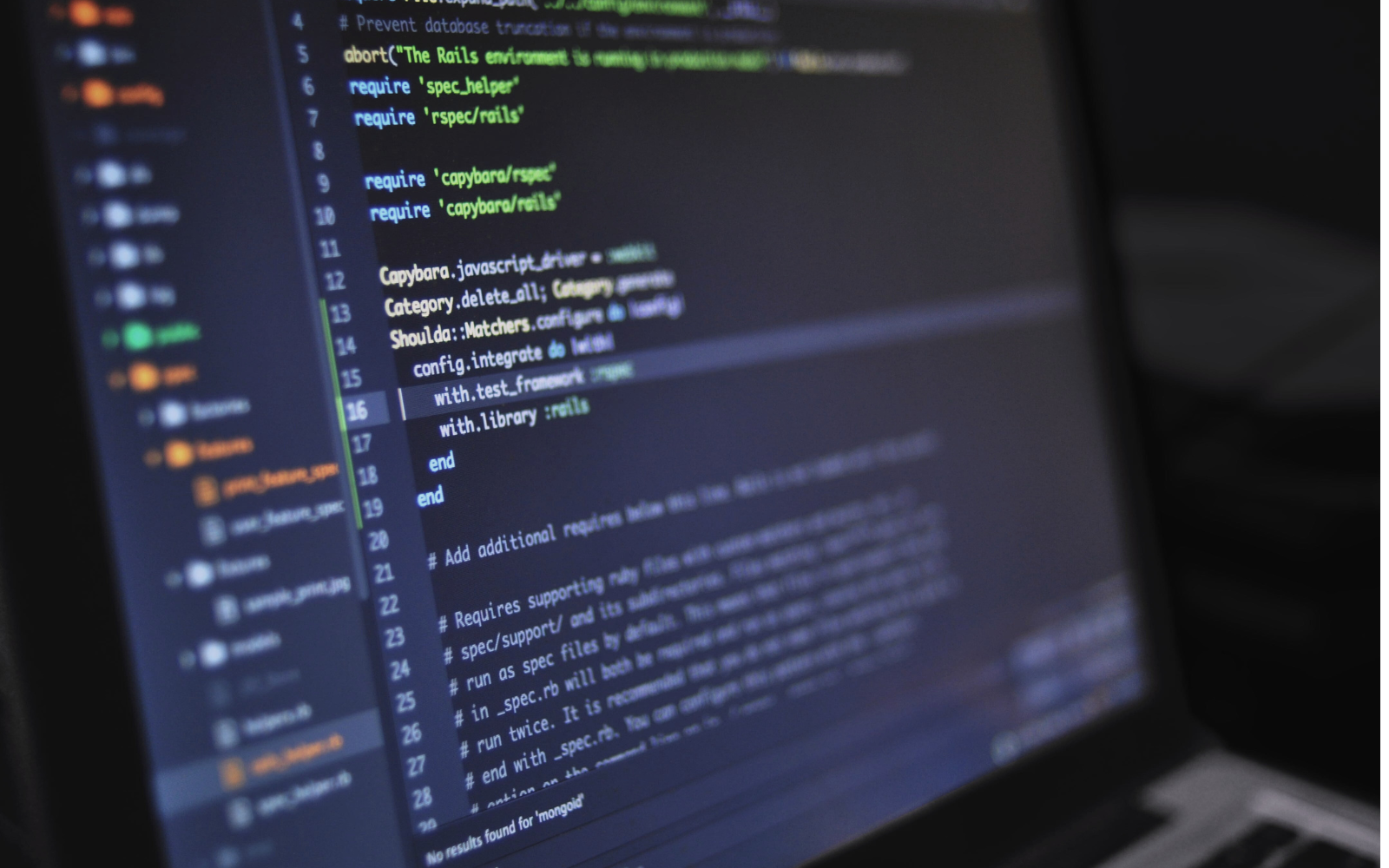OpenAI building its own social network is a bold move — but a strategic one. Here’s why it makes sense:
Real-time content = AI fuel
Just like Meta uses Instagram and Facebook to train its models, and X feeds Grok, OpenAI wants direct access to the raw material that powers AI: us. User-generated content is the most current, contextual, and emotionally resonant data available. Owning that stream removes dependencies and gives OpenAI a training pipeline others can’t touch.
Gartner highlights this trend too: by 2028, at least one-third of business decisions will be made semi-autonomously or autonomously by AI agents. That’s only possible with data — and lots of it.
The AI-Augmented Experience Is the New Normal
Research shows that by 2028, 40% of services (both B2C and B2B) will be AI-augmented, and human-led options will become “premium” offerings. That means we’ll expect AI to help us be more creative, not just more efficient.
An AI-assisted feed makes sense in that world. ChatGPT could help users brainstorm tweets, rewrite captions, create visuals, or optimize for engagement — all things humans already struggle with.
It Could Democratize Content Creation
Generative AI has already lowered the barrier to entry for art, writing, video, and design. An OpenAI feed might give a voice to creators who previously lacked time, tools, or talent./li>
I have seen research that emphasizes this shift in skillsets too: AI is pushing enterprises to hire for adaptability and creative problem-solving over technical specificity, especially as low-code/no-code and AI-powered tools continue to rise.<


